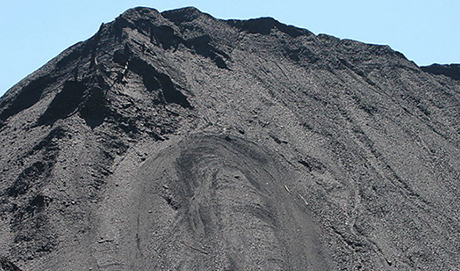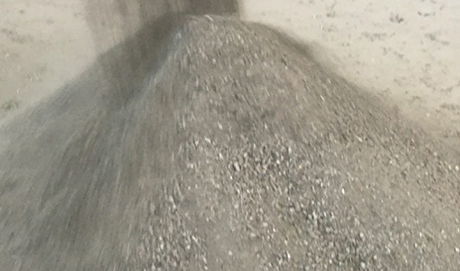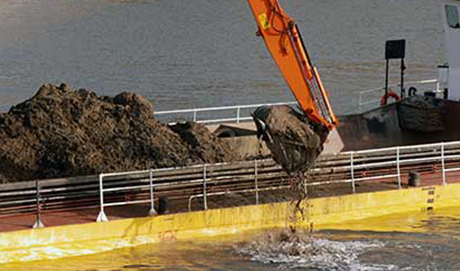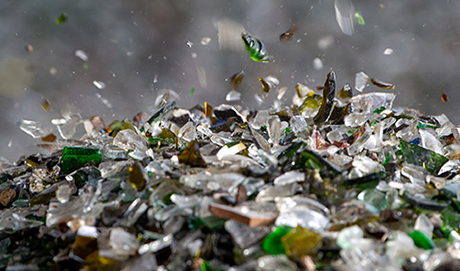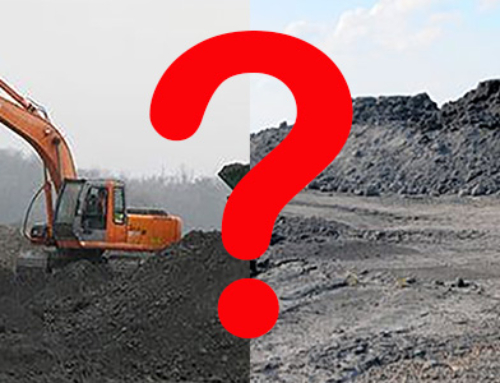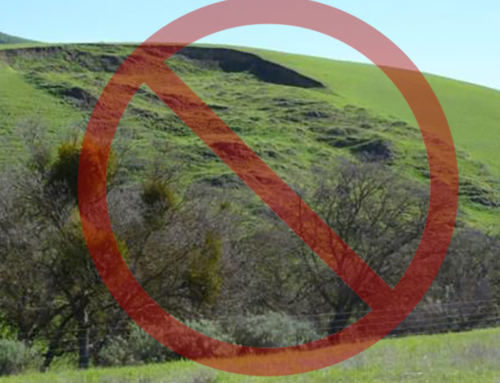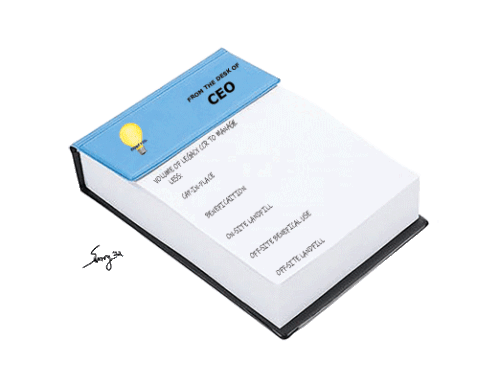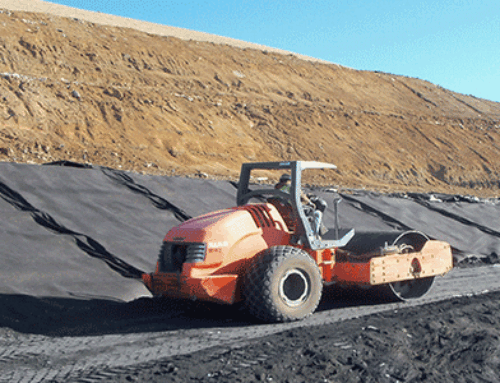M
echanically stabilized earthen (MSE) berms are a practical technique for expanding capacity in existing landfills. Unfortunately, there are some common misconceptions about their use prohibiting the proliferation of MSE berms at landfills. One of the main misconceptions is that MSE berms “cost too much to construct”.
Over the past several years, encapsulated mechanically stabilized earth (eMSE) berms have been developed to substantially decrease costs by providing Funded CapEx.
EnCAP-IT, the leader in eMSE berms we use a term, “Funded CapEx”. We are afforded the opportunity to use this term because our solution tools; safeBERM®, safeSTORAGE® and safeREUSE™ utilize non-traditional construction materials in an environmentally safe manner, voiding the costly procurement of natural resources.
Simply, our safeBERM® Solution takes the costliest construction line item under the traditional berm method: material procurement and converts the cost into a funding source. Depending on material availability, the Net CapEx Cost is dramatically reduced, eliminated or a negative CapEx (Profit) is created; Funded CapEx.
Here are some industry metrics to consider:
THE RANGE OF CAPITAL COSTS TO DEVELOP AIRSPACE
Stage |
Capital Cost to Develop Airspace |
|---|---|
| First Cell | $10/CY to $20CY |
| Average cell after the first | $2CY to $5/CY |
| Permitted expansion | $5/CY to $10/CY |
| MSE berm expansion | $10/CY |
| safeBERM® expansion | ($2/CY) to $4/CY |
Key aspect of eMSE berm systems: material markets that could not be previously pursued (in both cases representing non‐capacity diminishing revenue) can become a new source benefiting the landfill.
In an eMSE berm application, flexibility in the selection of eMSE structural fill, recycling low‐contaminated beneficial use materials in lieu of consuming expensive natural resources provides greater opportunity. The fundamental driver of converting an existing airspace depleting waste stream to a non‐depleting beneficial use material stream is a key economic result.
Some backfill examples in an eMSE berm system;
- CCRs
- Incinerator ash
- Impacted soils
- Foundry sands
- Dredge material
- Crushed concrete
- Crushed glass
- Drill cuttings
- Other approved materials

MAXIMIZE FOOTPRINT
BUILD CAPACITY

